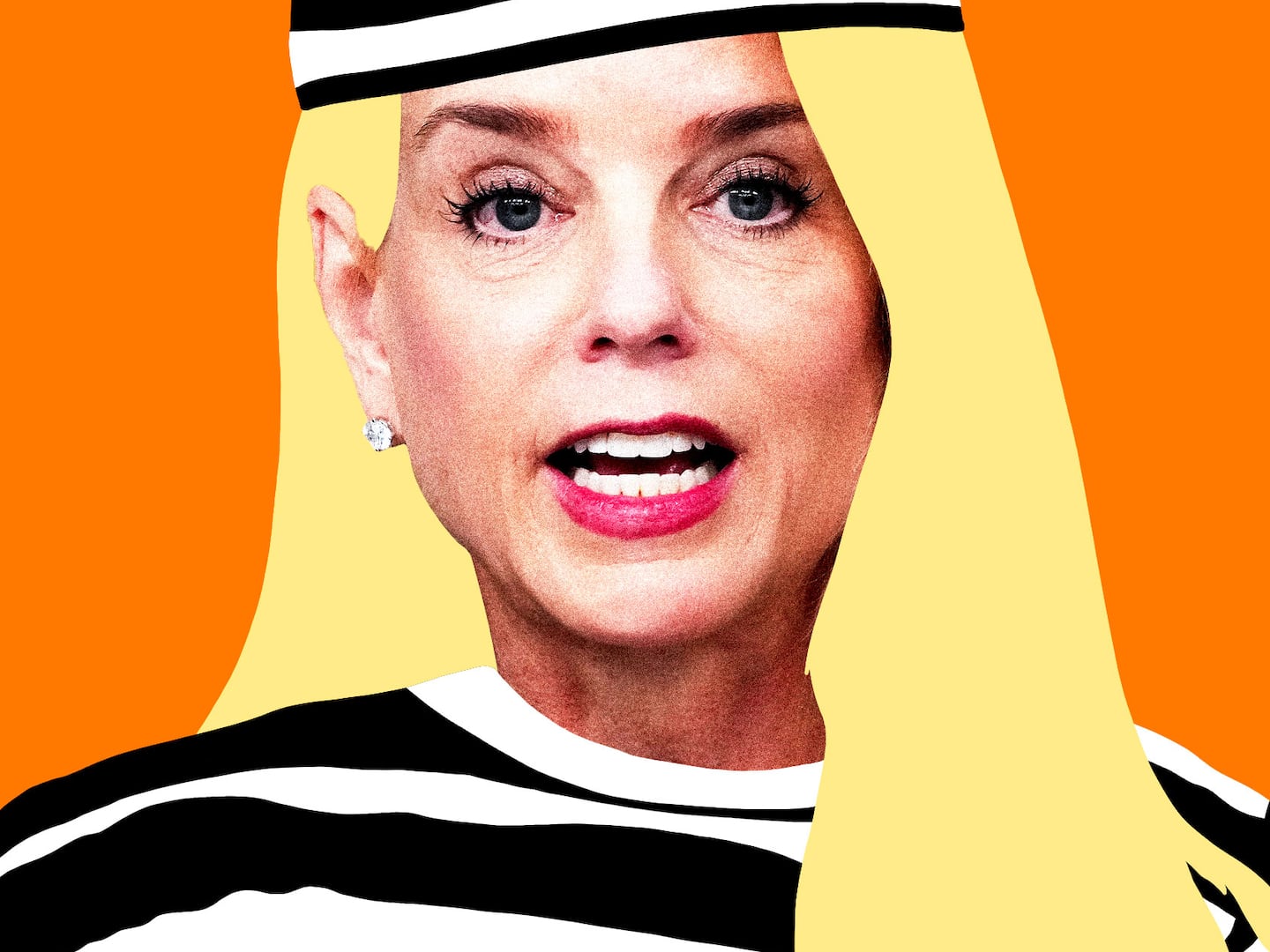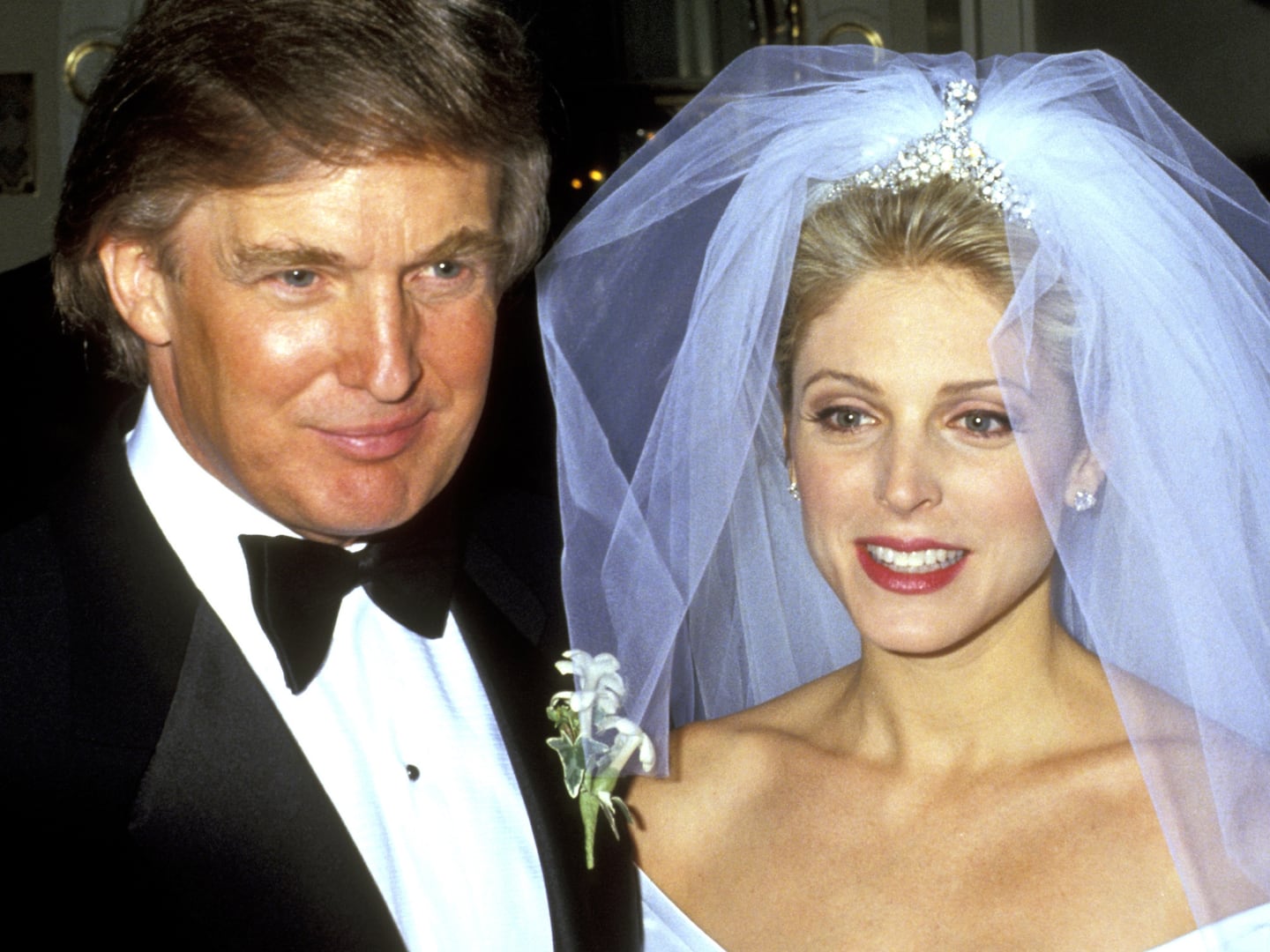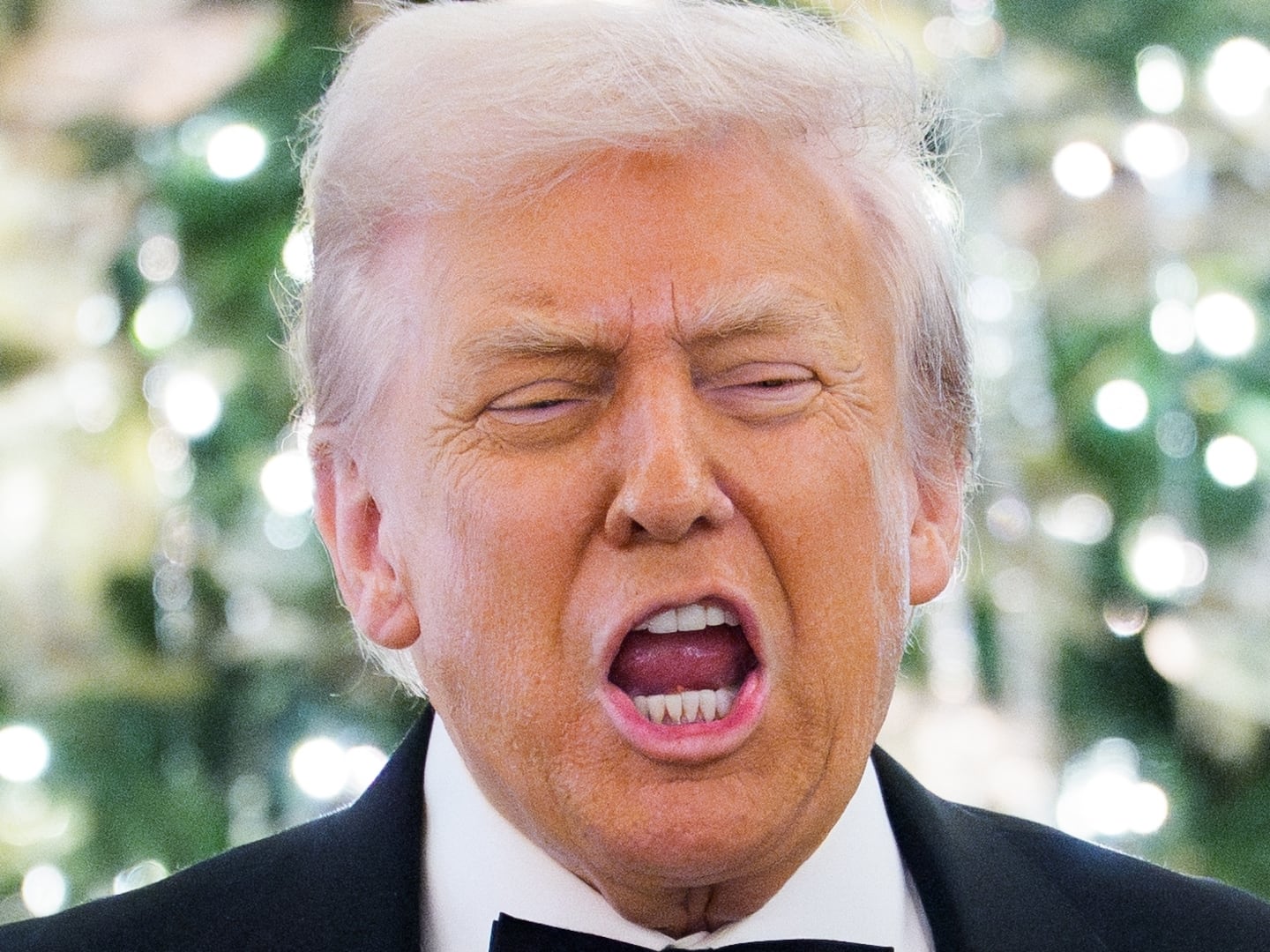I was introduced to George Plimpton by a Brit friend shortly after moving to Manhattan in the middle 70s and it was one of the early encounters which made it clear to me that Manhattan was absolutely the right place to be.
Plimpton was open to the point of guilessness, hugely enthusiastic and endlessly hospitable.
In Manhattan his parties were on the second floor of a building on 72nd Street and the river, right above the floor that housed the offices of the Paris Review, of which he was a founder and the editor, and there was a lively salon feel to the goings-on, a mélange of literati and curious glitterati, the sense that something real will be said, might even happen.
Here are some (undated) notes I located on my laptop, guaranteed unprettied up.
"If there is a literary life in Manhattan this is still much of it. Calvin Trillin, PJ Rourke, Art Buchwald and James Atlas were huddled in a foursome.
"Atlas, the only non-humorist, seemed to be doing all the talking. Writers were sniffing the air. A behatted downtown columnist was scribbling notes.
'Why isn’t everybody at their websites?' asked somebody.
"The person who said it was eyeing some literary debutantes in a way that was a satisfactory part-answer and another was that few websites come equipped with a wet bar.
"A number of young socialites complaining to each other that they didn’t know anybody except, well, each other."
Then there were the Plimptons’ summer parties in the Hamptons, his July 4th fireworks party, prominent amongst them, and it was perfectly clear that his enthusiasm for the images created by this evanescent medium went way deeper than the trad Oohs! And Aaahs!
Indeed there’s a history to it. Plimpton, who was born in 1927, enlisted in the army after leaving Harvard, was trained in demolitions and sent to Italy as a tank driver.
He had a classic Wasp distaste for excessive introspection but did tell one interviewer, “I guess that’s where I got my interest in things that explode.”
He began giving firework parties at his first house in the Hamptons, in the early 60s.
Maggie Paley, a contributing editor to the Paris Review, remembers being enlisted to help pick up some fireworks from the Gruccis, the family business, who manufactured them in Belport, a township between the Hamptons and Manhattan.
“This was 1964,” she says. “George was driving a grey Mercedes convertible and he put all the fireworks in the trunk. We drove off and I was terrified. What if we hit something? We’d go up in sparks.”
But George Plimpton was nonchalant about such stuff. He was also nonchalant when the local cops began to show interest as his firework parties grew larger and more elaborate year after year.
Then the cops did show up one year. They made no arrests but made sure to drench the fireworks. So that party was over.
But Plimpton had been awarded the unofficial title of Fireworks Commissioner by Mayor John Lindsay – though I never quite got it how an official mayor could create an unofficial commissioner – was, yes, nonchalant.
That was Amagansett. Then in the '70s the Plimptons moved to Sagaponack, and the July 4th forewords became a core event in the ever-fancier Hamptons calendar.
Fayette Hickox, a close friend of Plimpton's and another Paris Review hand, recalls the fancy folk from Southampton arriving with elaborate beach picnics and Gloria Vanderbilt surrounding herself with quilts, while austerer folk would munch basic sandwiches with their rear ends parked on towels or bare sand.
"One year Jerzy Kosinski promised to make a Polish firework," Hickox says. The wiry author of The Painted Bird punched a hole in a big can, plunged a piece of crumpled paper into Kerosene, and lit it. "He ran around leaving a vapor trail of sparks," Hickox says. "That was a very humble firework."
My own memories are mostly of watching the soaring arcs, the expanding pinwheels and all that radiance drifting into powder, the clumps of people appearing and dissolving into the luminous shadows, and just the sheer casual pleasure of being in the Hamptons, as they still then were; of tracking sand into big houses, of no gridlock, of hedges not hedgies, and absolutely no Reality TV.
That was the world of George Plimpton and it was a world in which it was rare to see him lose his poise.
I do remember just once. Plimpton, who was tall, but lankily unthreatening, had made his reputation with a series of books in which he took part in various professional sports--pro football, boxing, top echelon bridge, whatever--in which he was utterly unqualified.
I had recently met Clifford Irving, a writer who had written Fake, a book about the art forger Elmyr de Hory, and had recent done hard time for himself forging the memoirs of the reclusive billionaire, Howard Hughes.I suggested I bring Irving to one of the parties.
“No!” Plimpton groaned. “Two fakes at one party! That’s too many!”
Of course, he was right. There’s fakes and there’s fakes. During Plimpton’s boxing project, Archie Moore, the world middleweight champion, had busted the cartilage in his nose. Phil Grucci, of the firework clan, has said that “part of what George loved about fireworks was the danger and the thrill of it, not just the majesty of the fireworks themselves.”
George Plimpton died in September 2003 in his apartment on 72nd. Eighteen months later his son, Taylor, following his father’s wishes, packed his ashes into a firework with the help of Phil Grucci and launched him into the sky.






